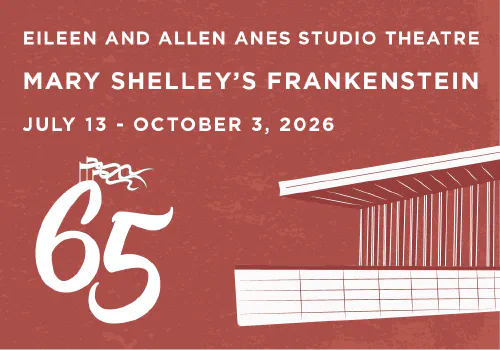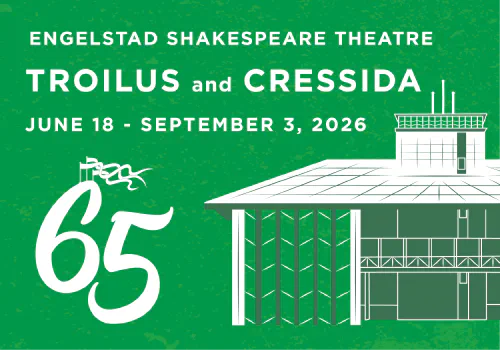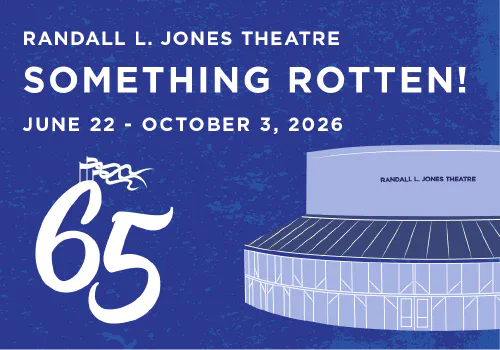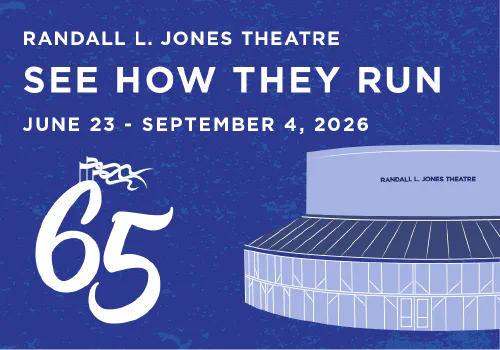By Lawrence Henley
Single actor plays are highly effective dramatic vehicles. They can either convey direct thoughts and themes through fictional characters or tell the real, biographical stories of human history by bringing legendary figures to back to life. There are relatively few individuals who can genuinely be remembered as having directly changed the history of our nation. The life and story of Justice Thurgood Marshall more than substantiates that he is in such exclusive company. Thurgood, an engaging one-person play by George Stevens Jr., resurrects the iconic first black Supreme Court Justice in order to tell the remarkable story of how he and his contemporaries effected seismic legal change in the way United States law treats African-Americans and other minority citizens.
The path and process for implementing significant social change to improve the lives of underrepresented groups can be fraught with difficulty. It is dependent on messaging, visibility, and new ideas needed to sway public opinion. It is equally dependent on sound and successful legal arguments that clearly demonstrate the constitutionality of those changes, and how they align with the principles of equality embedded in the Constitution by our country’s founders. The latter path requires a brilliant legal mind and water-tight tactics in order to make those arguments.
The turn of the twentieth-century marked the birth of many men and women of color who would later commence and fight the successful battle for non-violent change in their communities. The early 1900s represented an era of stark inequity for minority groups in the United States, most glaringly for African-Americans. Four decades after the end of the American Civil War and the abolition of slavery, racial injustice and the lack of educational, representational, and economic opportunity had left a massive scar on a nation ostensibly founded on the principle of equality for all of its citizens. The process of upending the “stratus quo” and leveling the playing field was at best gradual, if it was advancing at all.
History has paid much attention to the frontline leaders and grass-roots organizers of the civil rights movement. Deservedly, the focus on Martin Luther King Jr., John Lewis, Jesse Jackson, Cesar Chavez, and numerous other champions of that cause have dominated the narrative. The telling of that history tends to overlook the great legal minds that gave the mid-century civil rights effort the ability to navigate the lengthy, arduous journey through the American court system. The iconic speeches and rhetoric still echo today, and were critically important in persuasive efforts to demand change. However, the changing times and new social narratives also demanded groundbreaking legislation and effective legal interpretations to replace established policies and “Jim Crow” laws that were both antiquated and immoral. Carefully chosen words spoken in front of the judiciary in U.S. courtrooms were of equal, if not preeminent, importance in bringing about change.
A litany of bold court cases lined the path to legal progress during the civil rights movement. In Thurgood, Stevens’s theatrical re-creation of this legendry litigator allows Justice Marshall to tell audiences that story. It’s the incredible history of the legal fight that accompanied the struggle for minority rights. In the play, Marshall’s charismatic personality is allowed to walk and talk again, taking audiences beyond the history books. Thurgood’s telling of his professional, personal, and family journey is at times riveting, and at other times most humorous.
Born in 1908, Thurgood Marshall was the descendant of a great grandfather who was a black slave brought to America from Africa (and eventually set free by his owner). Thurgood’s father, Willie Marshall, was a waiter on the B&O Railroad stationed out of segregated Baltimore, Maryland. As thoughtful, logical, and argumentative as he was bitter, Willie loved to engage his son in serious dinner table discussions concerning legal issues effecting their family and community. He would even take Thurgood downtown to the courthouse to view live trials as a spectator. Young Marshall attended segregated schools such as Frederick Douglass High School and Pennsylvania’s Lincoln College, where classmate and writer Langston Hughes taught him an important lesson he never forgot: one person really can be the difference.
The “separate but equal” laws Marshall would eventually help to eradicate kept him from being admitted to law school at the University of Maryland. These laws were reinforced by the 1896 Supreme Court decision in Plessy v. Ferguson, a case whose legitimacy would eventually be struck down in efforts led by Marshall. Undaunted, he enrolled in law at historically black Howard University in Washington, D.C., which serves as the setting for the play. His mentor there was Dean Charles Hamilton Houston. Professor Houston was also chief legal counsel for the NAACP, whom Marshall eventually would partner with in the effort to negate laws blocking the way forward for persons of color. Houston taught him that the law could be used as a weapon, but only “if you know how to use it.”
Thurgood Marshall went on to establish the NAACP’s Legal Defense and Educational Funds. His motto is a key to understanding his career: “You do what is right and let the law catch up.” In his thirties, Marshall successfully argued several important cases in front of the Supreme Court. These cases involved key issues such as defendant’s rights (Florida), housing restrictions (Missouri), and voting rights (Texas). The most important of these cases was Sweatt v. Painter (Texas), in which Marshall successfully argued that the “separate by equal” doctrine violated the constitution in a case involving law school admissions at the University of Texas. That decision set the table for Marshall to argue the landmark 1954 Brown v. Board of Education decision that paved the way for the integration of schools in America.
The absence of an intermission allows Thurgood to gradually build the oration up to a feverish climax. Audiences hear the historic tales of how Marshall, his colleagues, and the NAACP broke down longstanding legal barricades to voting rights and issues of equal justice. While Marshall’s work was primarily aimed at racial inequities, he and his colleagues provided a roadmap to eventually improve the societal footing of other underrepresented citizenry, such as the LGBTQ and LatinX communities, senior citizens, and more.
In the 1960s, Thurgood Marshall was nominated to the U.S. Second Circuit Court of Appeals by President John F. Kennedy. That nomination was initially held up by Senate opposition from the Southern states, but Marshall succeeded in advancing to that position. This would lead to his historic appointments by President Lyndon B. Johnson, first as solicitor general and then to the United States Supreme Court, where he became the first African-American to hold that exalted position. Marshall served on the high court until his 1991 retirement, owing to oncoming health issues.
One-person shows based on celebrities and historical figures have long been popular. Famed actors such as Hal Holbrook (Mark Twain), Vincent Price (Oscar Wilde), Kate Mulgrew (Katherine Hepburn), Leslie Nielsen (Clarence Darrow), Tovah Feldshuh (Golda Meir), and William Windom (James Thurber) all bolstered and extended their careers, public visibility, and incomes with popular touring shows they could easily deliver to audiences nationwide. The single-actor format carries with it numerous economies and efficiencies. Travel costs are often limited to one or two persons (generally the actor and a stage manager or technician). Sets tend to be minimal, often limited to furniture and props that can be purchased or borrowed in any locality. The name recognition of the actor and/or the subject of the one-person play makes sales and marketing efforts infinitely more effective.
In a crucial early moment in Thurgood, Justice Marshall recites the Constitution’s Fourteenth Amendment upon the request of a cantankerous judge. After Marshall’s verbatim recantation of the passage, the judge retorts incredibly that he never realized that the Fourteenth Amendment applied to African-Americans. The absence of logic in that statement tells you everything about the Herculean task that Justice Marshall accepted, and how great the odds against his success were at every step and turn. There are numerous such depictions of ignorance in Thurgood, and each solid legal argument that the author reconjures in the play speaks to the distinct greatness of Thurgood Marshall, not only as a justice and litigator, but as a driven, yet fair, human being.










